Travelling on a budget and staying in design-led accommodation are no longer mutually exclusive. Contemporary architects reinvent low-cost travel in a new approach towards designing hostels that guarantee a memorable stay in close connection to the tradition and history of the place.
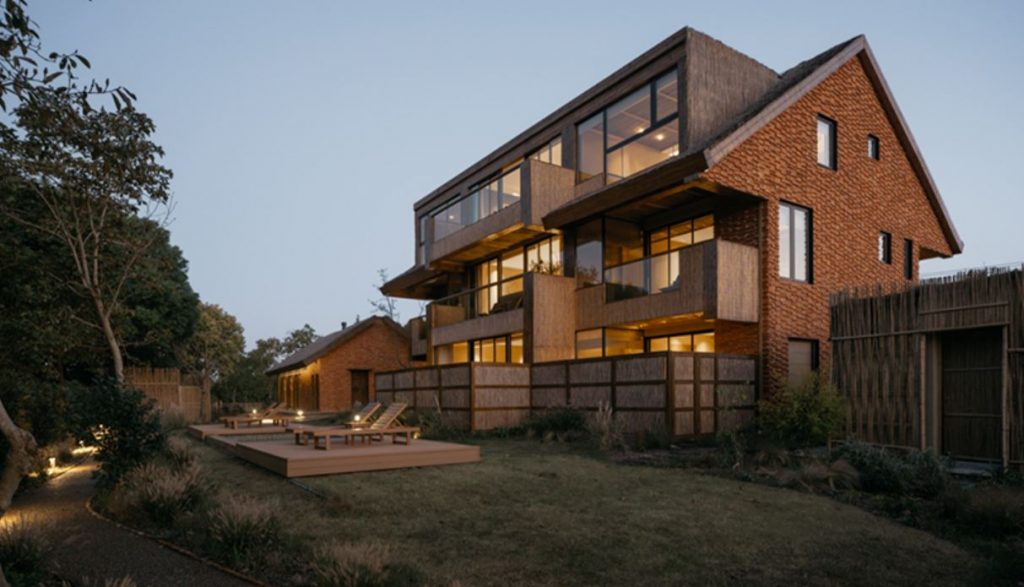
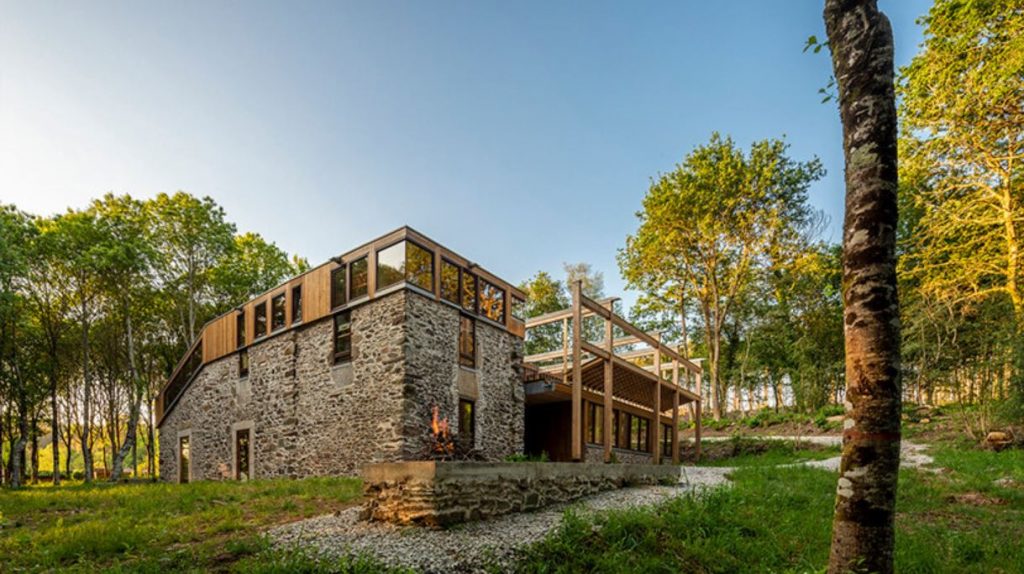
Sobrado farmhouse by EeG arquitectos
Argentina-based studio EeG arquitectos has added an intervention of a hostel to the 18th century farmhouse in Camino de Santiago, Spain. The original building of timber and stone had been renovated time and time again and many extensions had been added to it until the 1970s when it was abandoned due to its derelict condition following an exodus to urban areas. The wooden structure had since deteriorated and a section of the stone walls had collapsed.
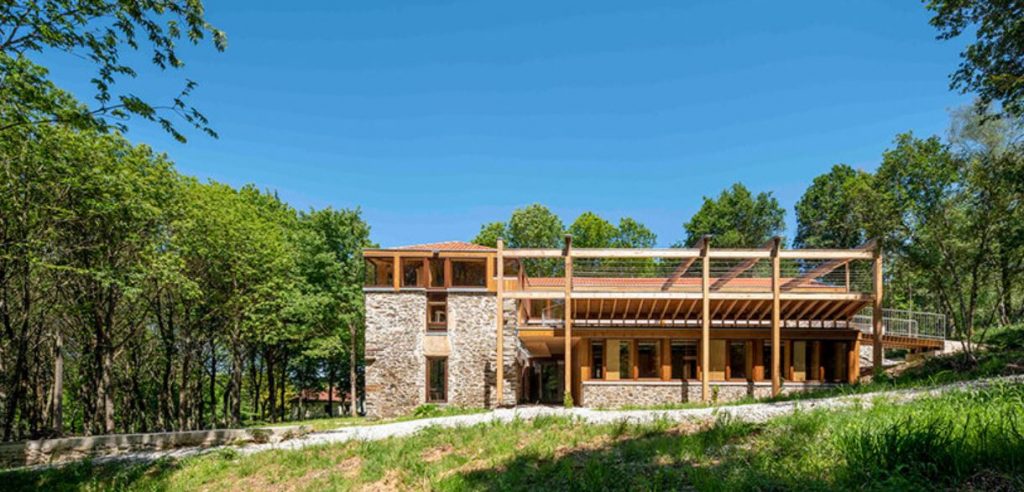
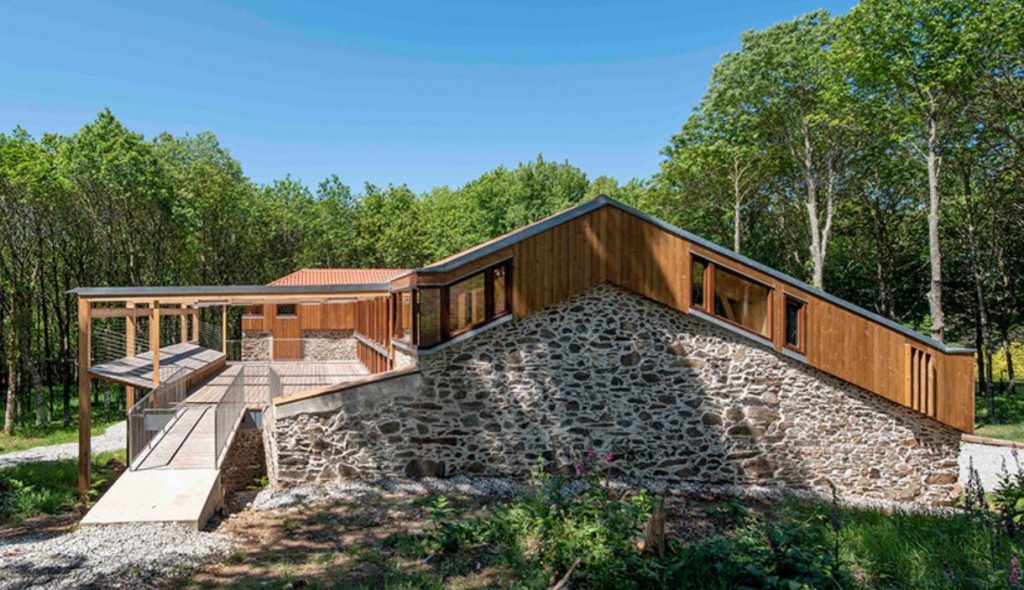
Sobrado farmhouse by EeG arquitectos
The team wanted to preserve as much from the existing building of the Sobrado farmhouse as possible. Treating the natural context and the original structure with great respect, they opted for transparent elements and traditional materials. The major changes affected areas in need of more height and the spaces that open towards the southeast, due to the missing or irrecoverable walls.
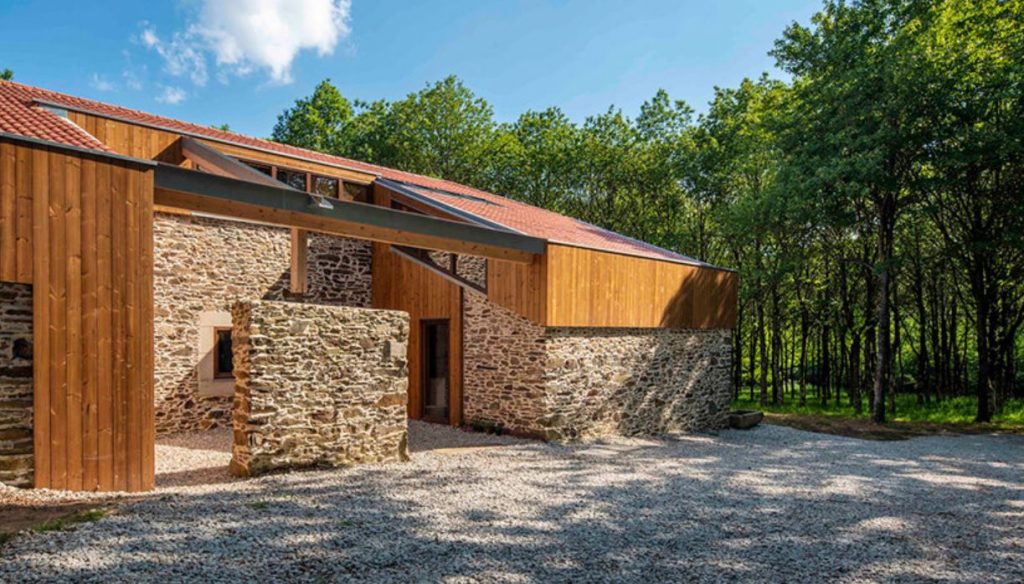
Sobrado farmhouse by EeG arquitectos
The architects also introduced a new entrance, which marks a continuation of the trail leading out toward the forest clearing. In a large space on the ground floor, the trail is marked on the interior flooring, crossing the central room, filled with light.
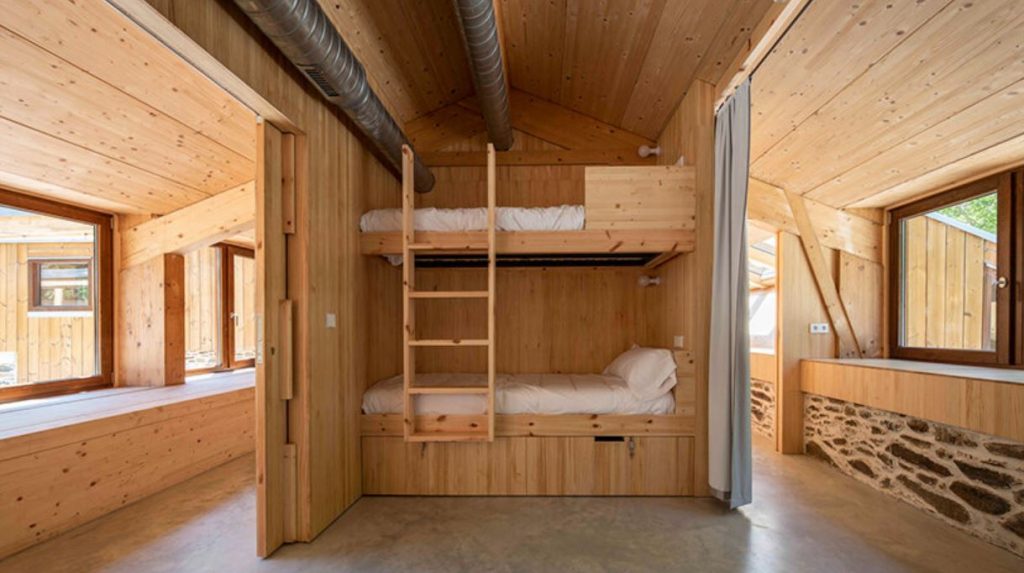
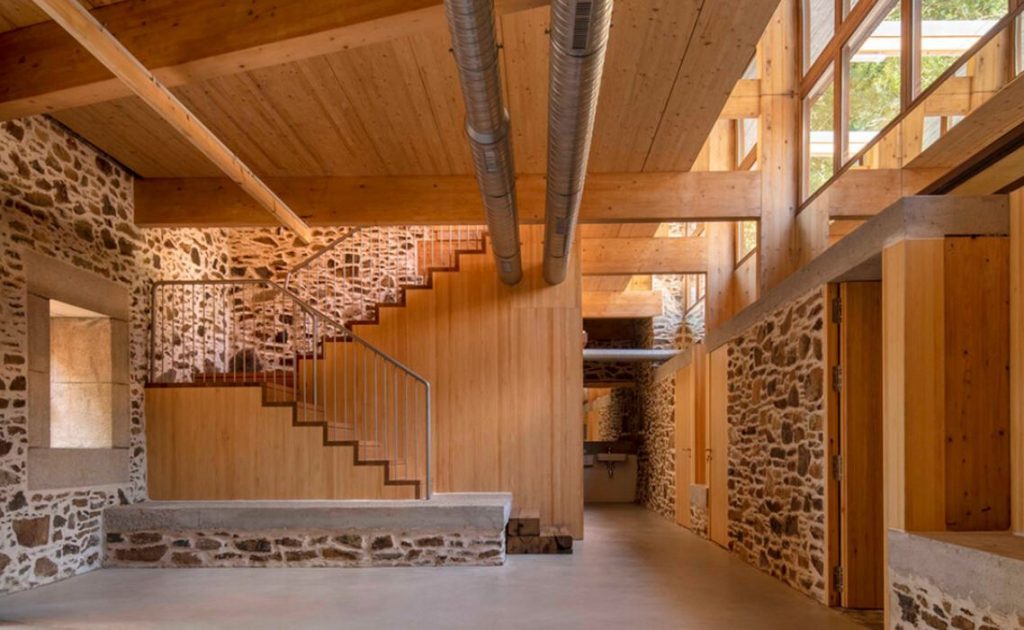
Sobrado farmhouse by EeG arquitectos
The newly added elements also serve to generate passive climatic systems, while strategically placed windows control the temperature, and vines and plant-life are used for solar control.
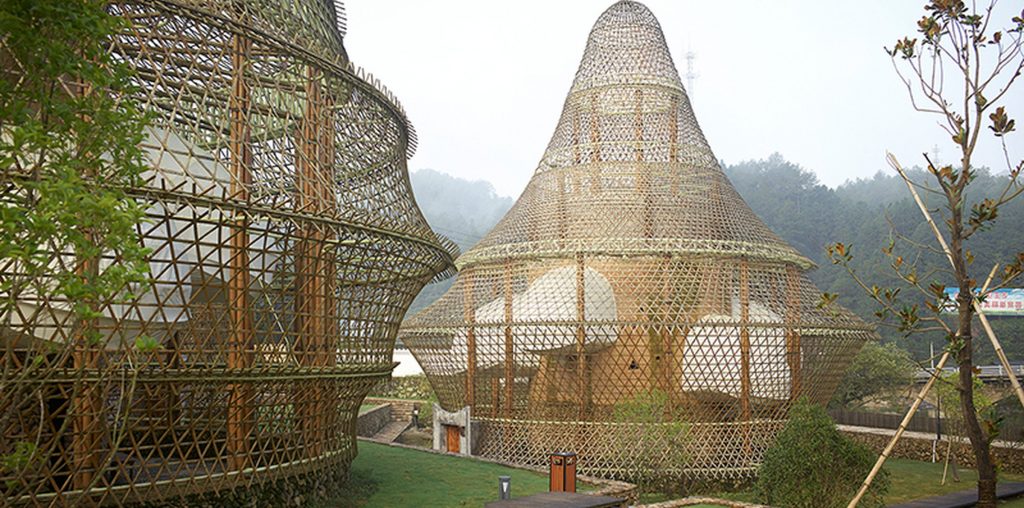
Bamboo hostels by Anna Heringer
Aiming to prove that, beautiful and humane architecture can be created with natural building materials, German architect Anna Heringer has developed a project of three hostels, one male and female hostel and a guesthouse, that are characterized by a shell weaved from local bamboo, abundant in China.
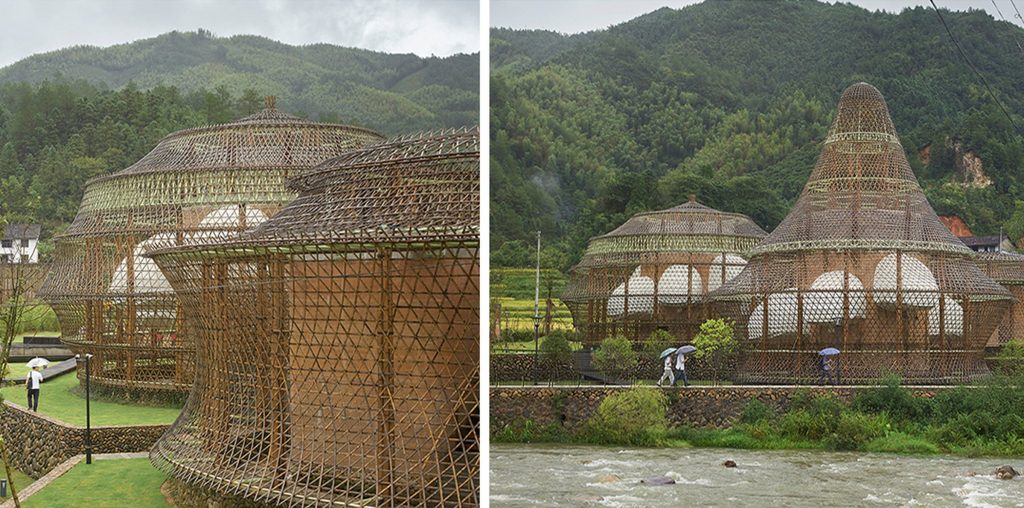
Bamboo hostels by Anna Heringer
The project was presented back in 2017 during the inaugural Bamboo Biennale in the village of Baoxi, located in the region of Longquan, China, and sought to showcase the unlimited possibilities of bamboo as a material for architectural construction. Unlike traditional houses that hide mud behind fake facades, this project celebrated the beauty of bamboo in its exposed and natural form.
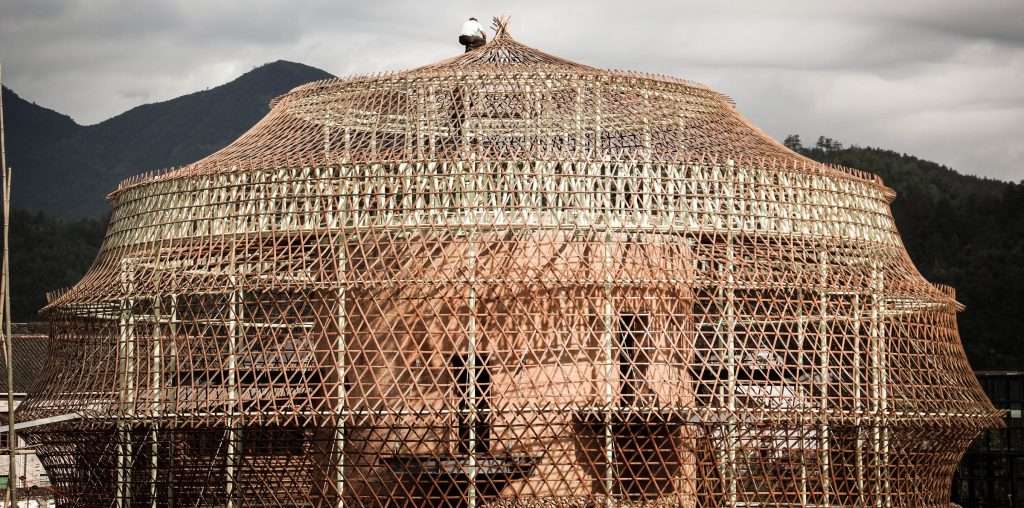
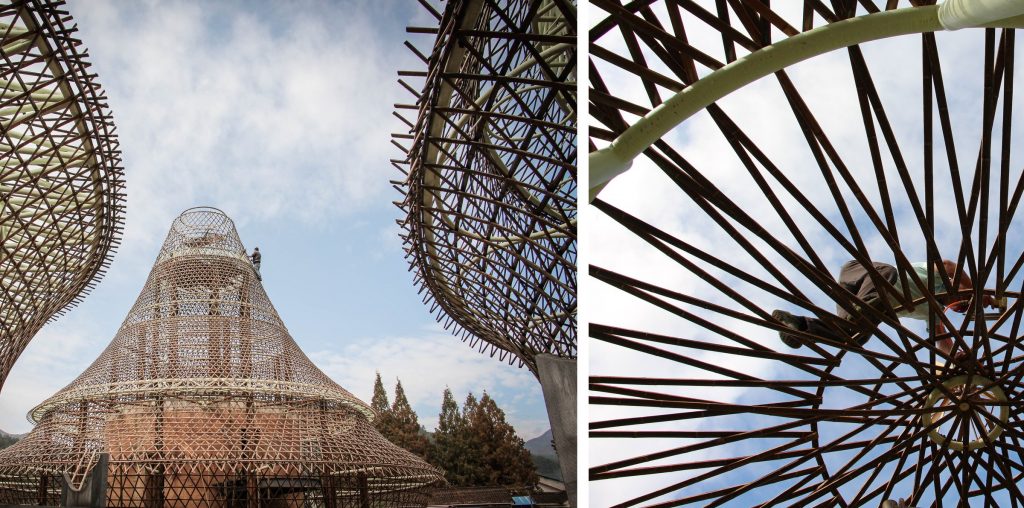
Bamboo hostels by Anna Heringer
The rich tradition and the heritage of Baoxi was the main influence for the characteristic shapes of the three buildings, poetically named The Dragon, The Nightingale and The Peacock. The vessel-like structures pay homage to both basket weaving craft and ceramic vases characteristic of the region.
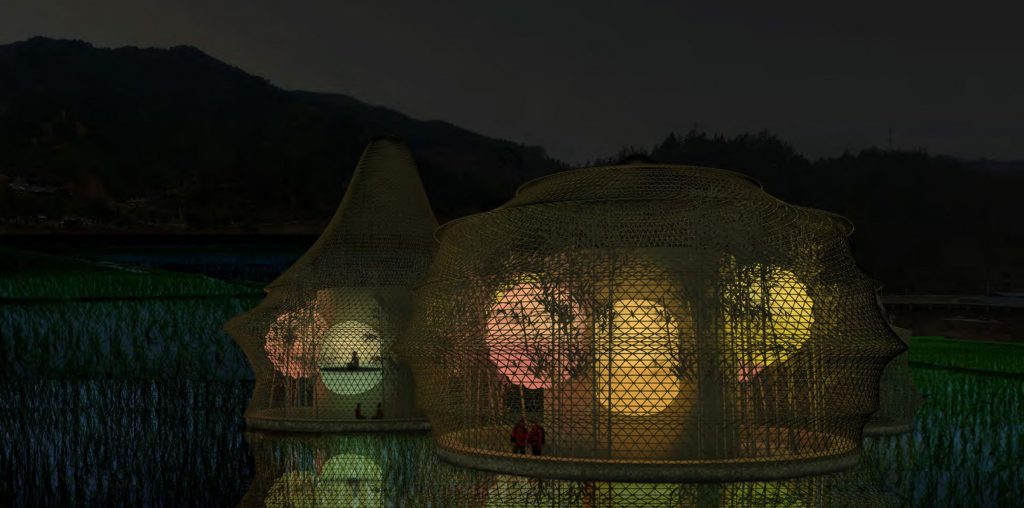
Bamboo hostels by Anna Heringer
Inside, sleeping units designed to resemble Chinese lanterns are attached to a rammed earth core hidden behind the expressive outer skin. Low-tech level techniques are used throughout the project, including using fire for heating water for showers.
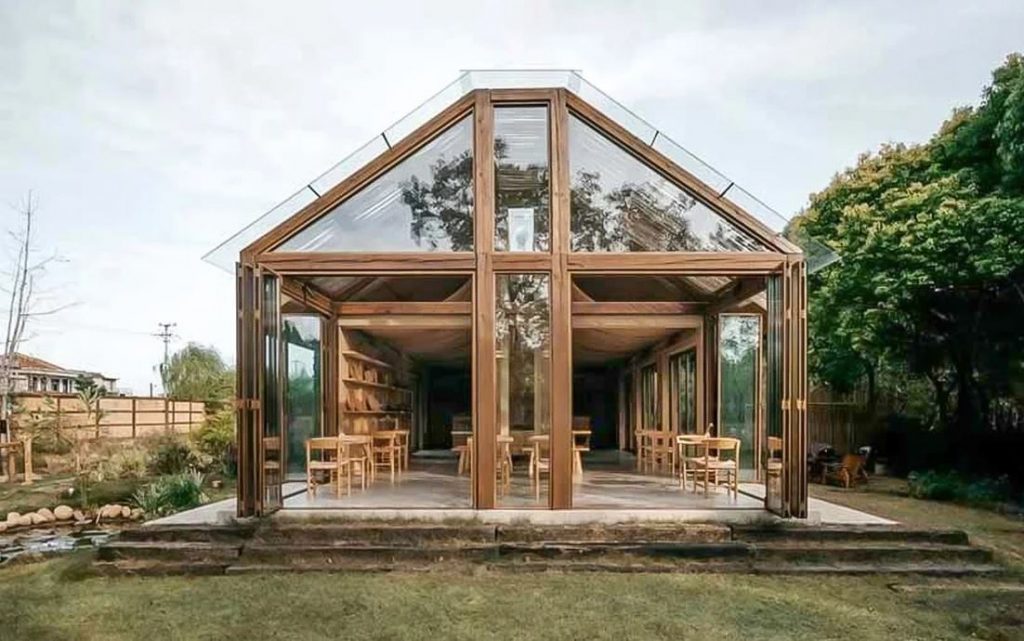
Som Land hostel by RooMoo (also header image)
The construction of Som Land hostel on the Chongming Island of Shanghai, China, developed by local design studio RooMoo, has similarly involved the utilization of local customs and handicrafts. Not only it caused minimum damage to the surrounding nature, it also included the environment into the architectural scheme.
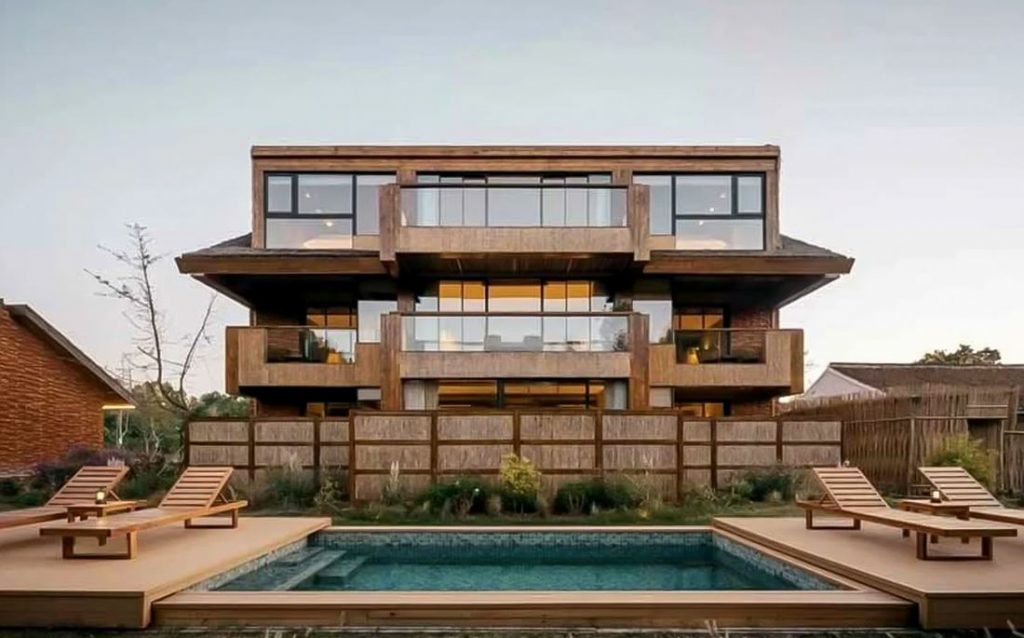
Som Land hostel by RooMoo
To incorporate sustainability into the structure, it was built using recycled old wood boards, wasted red bricks from the original building, tree branches, reed bundles found on the site, bamboo and other locally sourced and discarded materials.
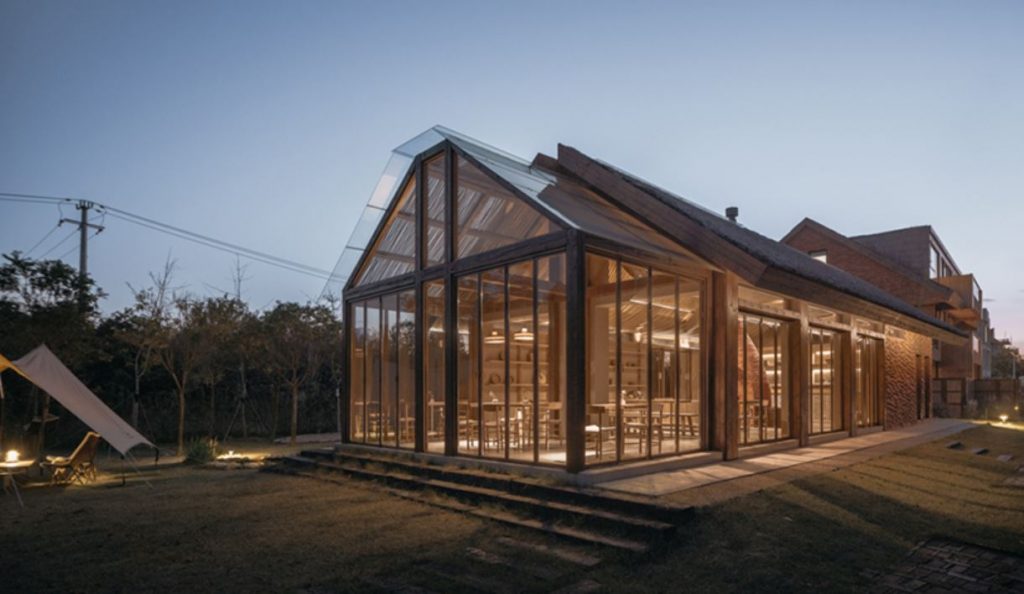
Som Land hostel by RooMoo
Rather than revamping the whole building, the team chose to maintain the original structure’s height. Innovative design strategies were adopted to increase the number of floors without expanding the structure vertically. This also caused adjustment of the position of the main staircase. Besides, a skylight of transparent glass and steel frame has been placed on top of the common zone, allowing natural light to flow in freely.
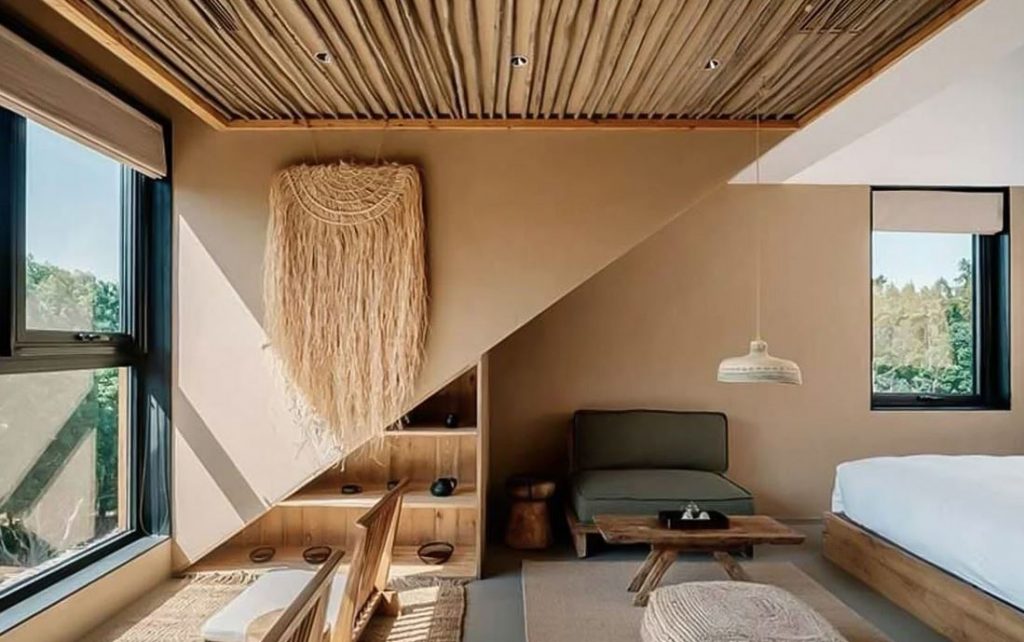
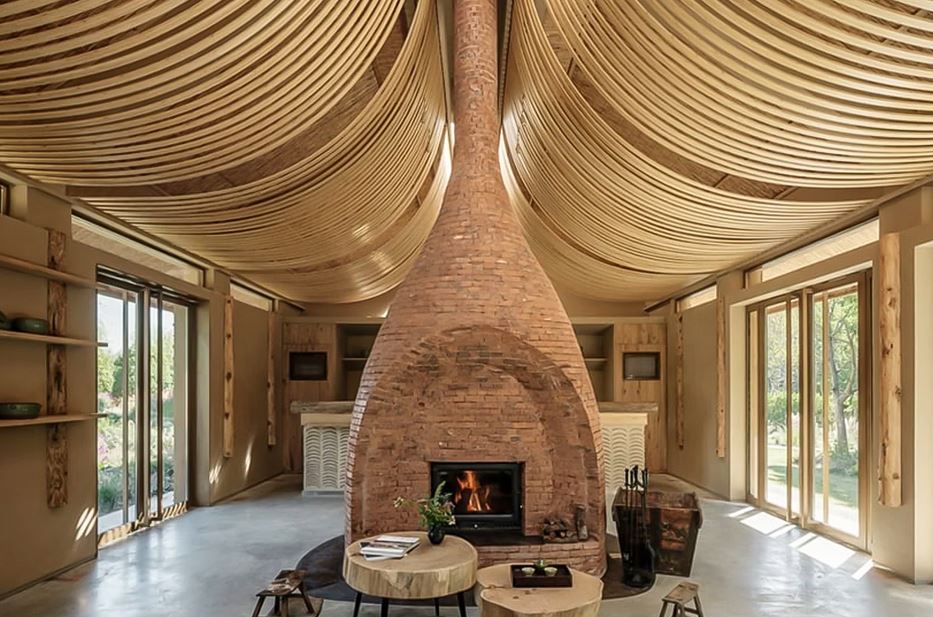
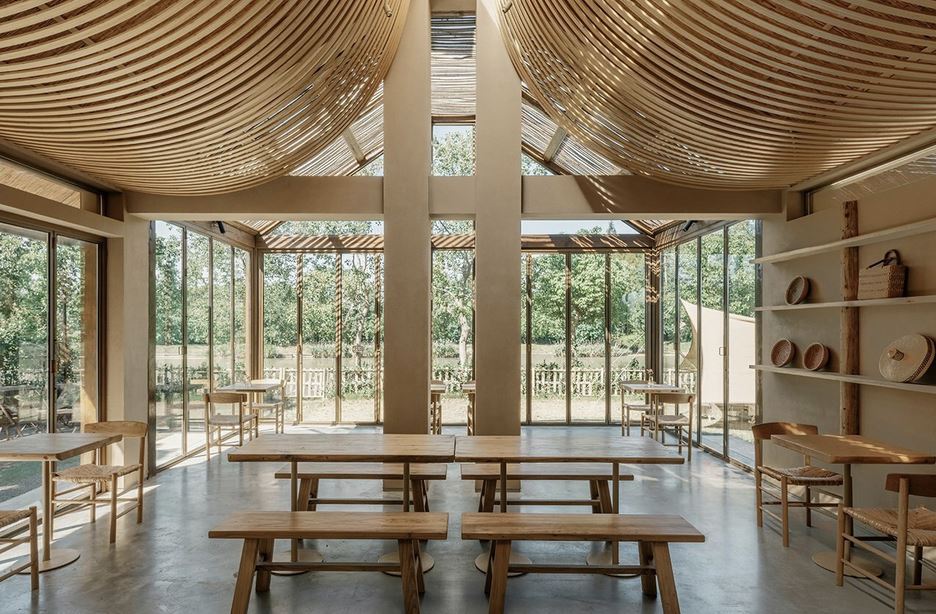
Som Land hostel by RooMoo
A new multi-functional zone, which includes a kitchen, a dining area, two bathrooms, and a reception, was added to the building. The iconic feature of the zone is an innovative fireplace made from repurposed bricks, centrally located underneath a curved bamboo ceiling.